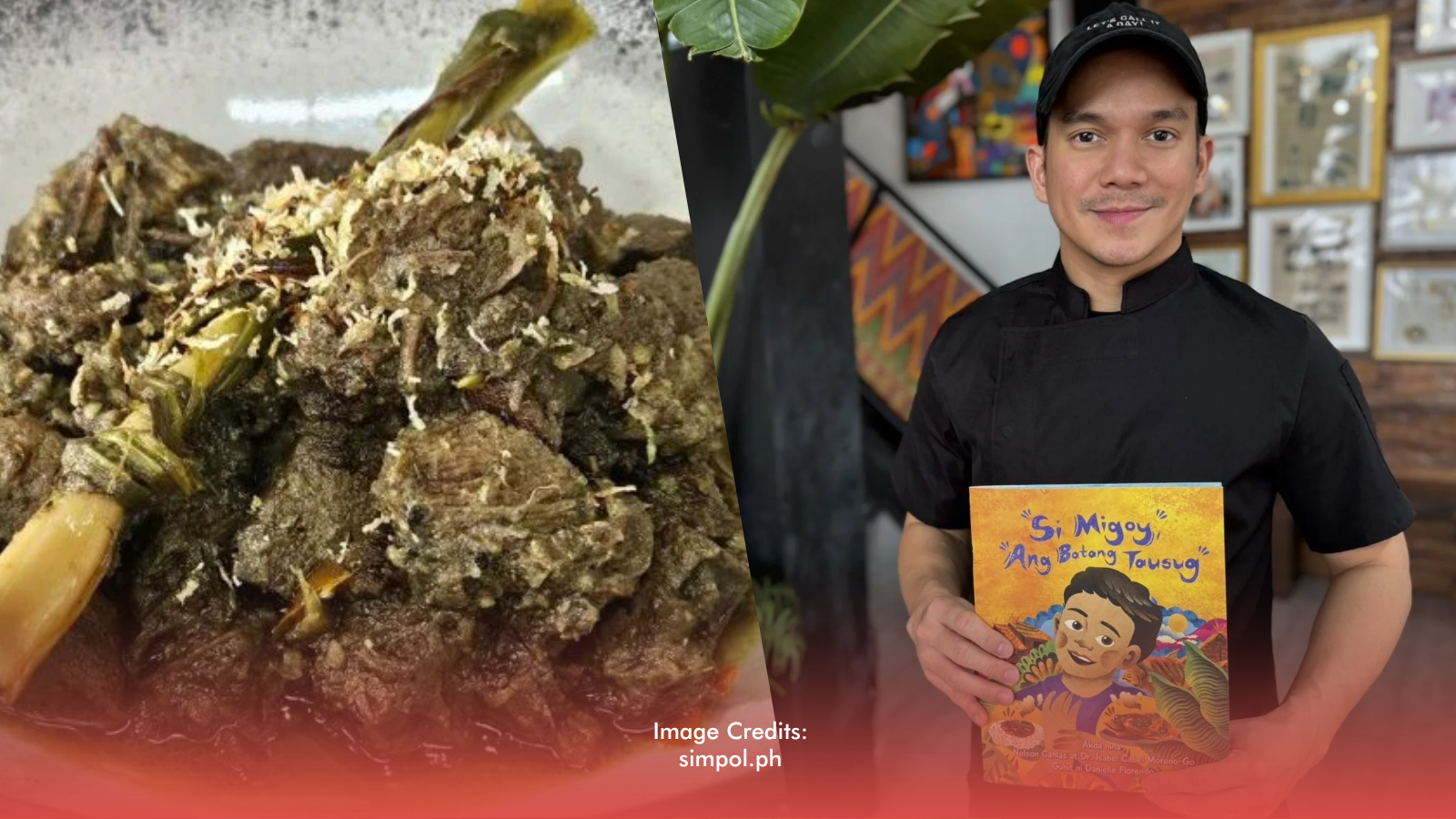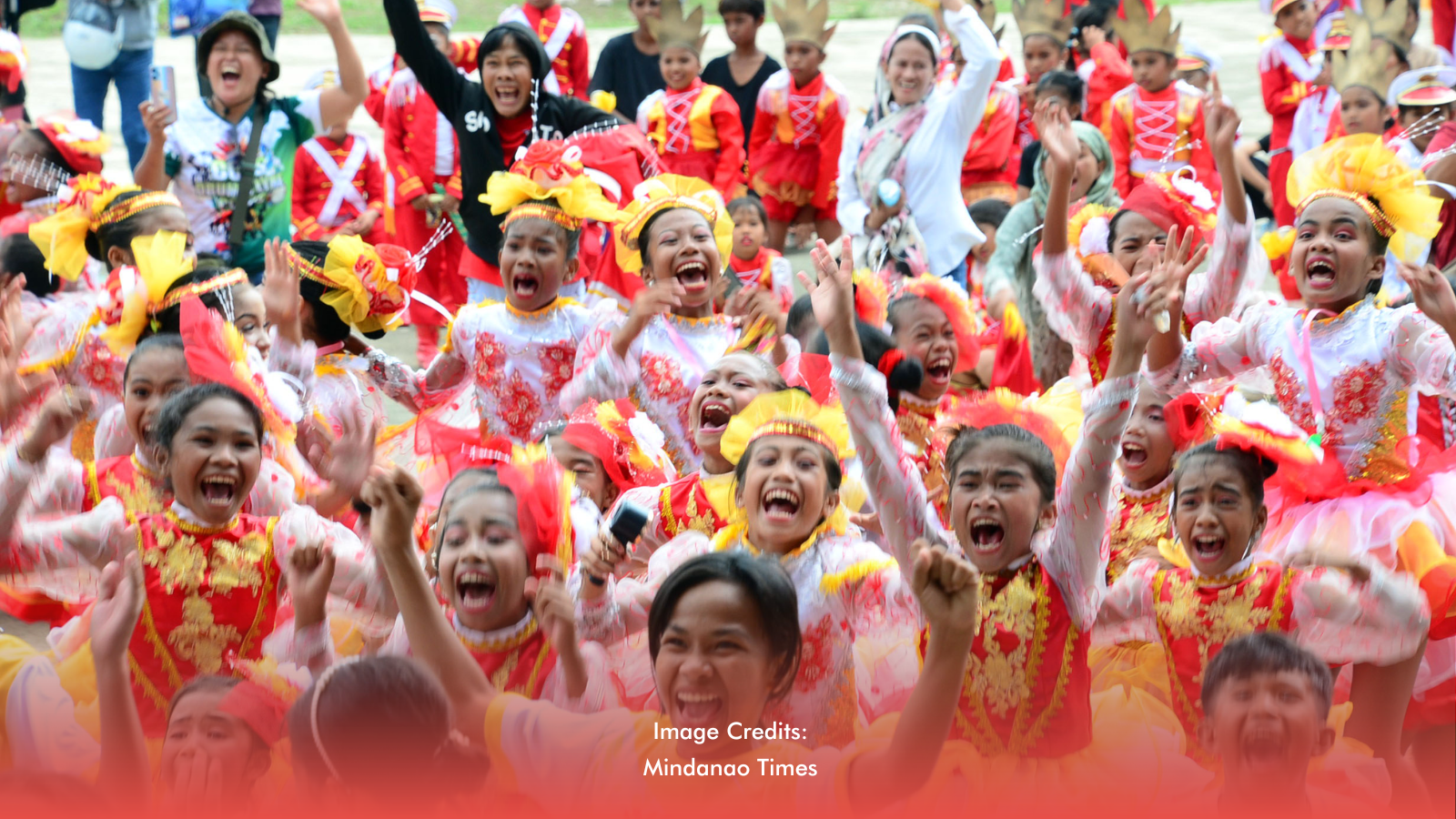When Davaoeños want to spend some time at the beach, they quickly travel to Samal, also known as the "Island Garden City of Samal." It has been a top pick for locals for its close proximity to the city, lovely beaches, and other attractions.
Samal consists of the smaller Talikud Island in the Davao Gulf and Samal Island. Situated two kilometers from the Davao metropolis—its biggest city and the central economic hub of Mindanao—the province is a part of the Metropolitan Davao area.
Early years
Indigenous people from the northern and eastern coasts of the then-undivided Davao Province populated Samal Island in the early years. A sizable mixed population of Muslims, Mandayas, and Mansakas made up the group currently known as the Sama Tribe.
The Sama-Bajau people, who were the island's original occupants, are the origins of the name Samal. Datu Taganiyug, a native of what is now Penaplata, the city's center, was the first datu on the island.
The name of the first barangay on the island, Tagpopongan, comes from the word "tagpo," which means “meet.” This was because the datus often selected Samal for their assembly.
The fact that datus frequently used the word Samal as a surname contributed to its prior recognition.
Inheriting its nature
Babak, Samal, and Kaputian municipalities were merged under Republic Act No. 8471 to become the Island Garden City of Samal. It was then approved on January 30, 1998, by former President Fidel V. Ramos.
The Island Garden City of Samal is a part of the province of Davao del Norte. The three municipalities that were engaged in the establishment of the city merged. As a result, the newly formed city inherited all of the physical traits of the former municipalities, which are now its three political districts.
Natural Gifts
Its 118-kilometer island, Samal, has numerous private beaches and commercial resorts. The Sanipaan Shoal, aptly named Vanishing Island, is one of its marquee attractions, as half of the 80-hectare shoal appears as a sand bar at low tide and disappears at high tide.
Samal is the location of Mindanao's First Magrovetum, a research facility for phonological, educational, dendrological, and other investigations related to the mangrove ecosystem.
The bat sanctuary (cave) at Samal is also home to countless fruit bats and is another sign of the area's healthy ecological system.
Samal also boasts excellent diving locations, including the Talikud and Ligid Islands, where a plunge into the depths will show vibrant underwater landscapes with astounding tropical marine life.
Being the biggest resort city in the Philippines, Samal Island offers various lodging options, from opulent resorts to reasonably priced lodgings and even those that cater to low-budget guests.








